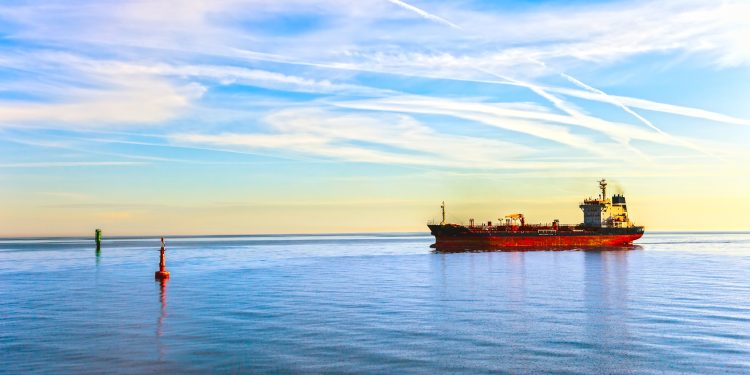The U.S. Government published a document regarding the development of green shipping corridors between its ports and other parts of the world, in an effort to achieve net-zero GHG emissions by 2050.
According to the U.S. Government, green shipping corridors can spur early and rapid adoption of fuels and technologies that, on a lifecycle basis, deliver low- and zero-emissions across the maritime sector, placing the sector on a pathway to full decarbonization.
[smlsubform prepend=”GET THE SAFETY4SEA IN YOUR INBOX!” showname=false emailtxt=”” emailholder=”Enter your email address” showsubmit=true submittxt=”Submit” jsthanks=false thankyou=”Thank you for subscribing to our mailing list”]
As mentioned, the United States envisions green shipping corridors as maritime routes that showcase low- and zero-emission lifecycle fuels and technologies with the ambition to achieve zero greenhouse gas emissions across all aspects of the corridor in support of sector-wide decarbonization no later than 2050.
There are multiple pathways through which a fully decarbonized corridor can be achieved; this green shipping corridors framework therefore provides maritime stakeholders the flexibility to choose the path that best suits their needs.
The United States is partnering internationally, working on implementation domestically, and investing in the research and development needed to help ensure we have the solutions necessary to meet its commitments.
The document says that achieving zero emissions from maritime transportation over the coming years and decades will require research, development, demonstration, and deployment at a massive scale, as well as enabling policies that incentivize the shift to low- and zero-emission fuels and technologies as soon as possible. Adoption of these fuels and technologies, while limited in the short term, will rapidly accelerate once the supply chain is established and governments and the shipping sector signal their intent for energy transition.
Green shipping corridors are meant to accelerate this early adoption phase. They therefore should strive for emissions reductions that push the envelope beyond business-as-usual, demonstrating a commitment to achieve full decarbonization through sustained efforts. Green shipping corridors will not achieve zero emissions across all aspects of the corridor overnight. Instead, the journey to establish a fully decarbonized corridor is a series of steps and actions taken over time to cover all aspects of the route.
One of the first steps in creating a green shipping corridor is to convene relevant stakeholders across the value chain and to outline anticipated timelines, targets, and achievements. Creating a fully decarbonized green shipping corridor is a process, which will require long-term plans to help participants achieve their emissions reduction goals. Stakeholder engagement will be critical, especially with residents in communities with environmental justice concerns, to ensure strategies are tailored to address the priorities and goals of near-port communities.
Planning for green corridors should consider the needs and abilities of all corridor stakeholders. Possible components of the green shipping corridor planning process could include, but are not limited to:
- Identify and convene relevant stakeholders
- Define the scope, boundaries, metrics, and the framework for analysis
- Incorporate lifecycle-emissions estimates into equipment, materials, and fueling infrastructure planning and development decisions
- Estimate a baseline emissions inventory for port and/or vessel operations that can be publicly available and used to craft emissions reduction targets
- Work with stakeholders and communities to develop an implementation plan that outlines a pathway to achieving emissions reductions targets
Building on the planning process, there are a number of building blocks for implementation of green corridors to reach the goal of full decarbonization. Elements of this implementation process could include, but are not limited to, the deployment and/or operation of:
- Alternative refueling or recharging infrastructure to support zero emissions port and terminal equipment operations
- Support vessels and commercial harbor craft using low- or zero-emission fuels and technologies
- Ocean-going vessels using low- or zero-emission fuels and technologies
- Zero-emissions fuels, bunkering, and refueling capabilities for vessels including electrification and cold ironing
- Energy efficiency and operations optimization activities that lead to reduced overall energy consumption and reduce greenhouse gas emissions
Recently, a new report by UMAS found that more than 40% of the energy used by the U.S. shipping fleet could be replaced with zero emissions solutions this decade, giving the U.S. enormous potential to lead shipping’s decarbonization.
The new report, commissioned by The Ocean Conservancy, titled “The Maritime Fleet of the USA – the current status and potential for the future” shows, for the first time, the scale of U.S. shipping fleet emissions and opportunities to decarbonize the sector.






























































